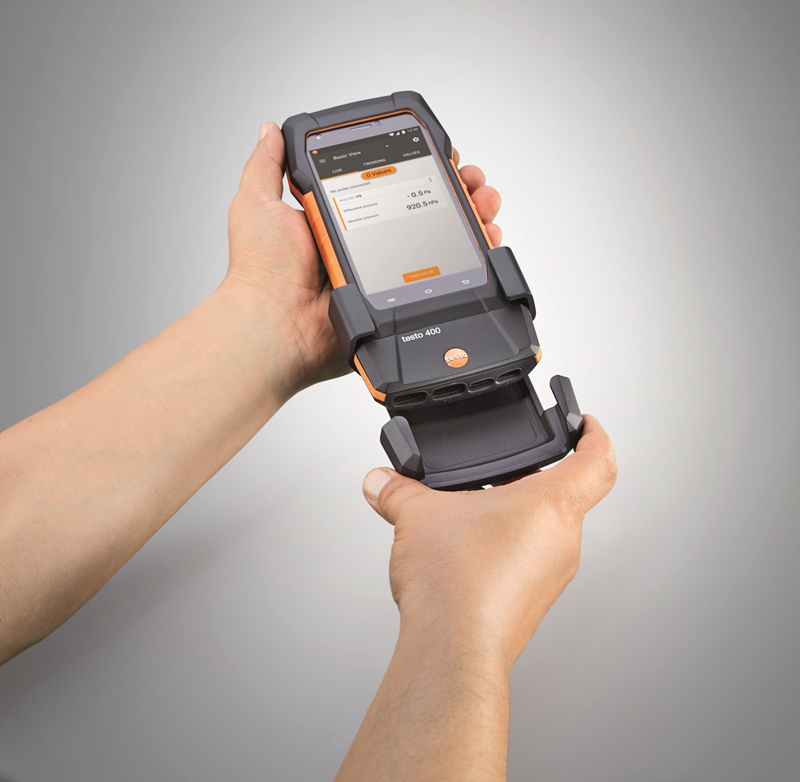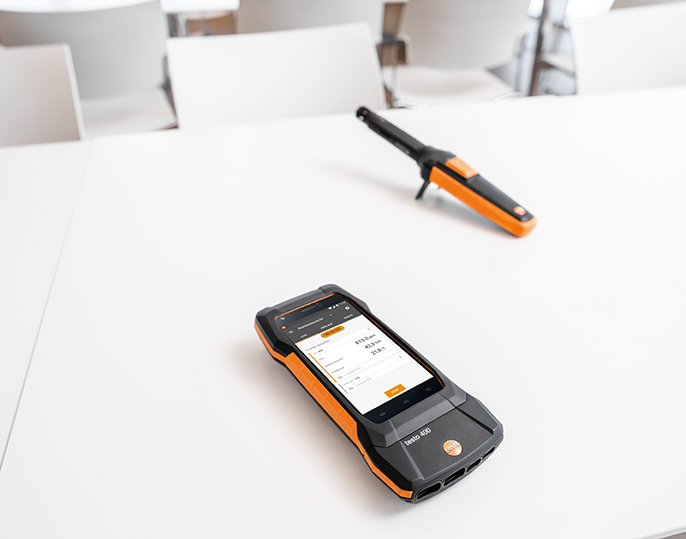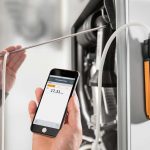The age of one item performing a sole function is over because the advanced capabilities of the digital age has expanded our expectation for technology. IAQ technicians now need to monitor for a broader dataset of parameters when assessing facilities – so why would they choose individual solution for each factor when they can use an all-in-one instrument?
Why do technicians need to monitor a variety of IAQ data?
The parameters mentioned above can have a long term impact on indoor environments and those in them. High humidity, for example, can cause a water buildup that damages paintwork and contributes to mould growth.
Meanwhile, uncomfortable internal temperatures, inappropriate levels of illuminance and unbalanced ambient gas levels can all play a part in lowering people’s energy levels. These factors can even contribute to health problems like respiratory illness if left unchecked for too long:
- Temperatures outside a comfortable range can reduce concentration ability, which can cause unproductivity issues in commercial buildings such as office blocks.
- Humans need natural light for improved circadian rhythm and eye health. Additionally, Energy Rating Australia claims people should minimise exposure to UV radiation emitted from indoor lighting. A report by the European Scientific Committee on Emerging and Newly Identified Health Risks found the average annual exposure to indoor lighting equivalent to four days worth of unfiltered UV from the sun.
- Low levels of oxygen can lead to drowsiness and a lack of focus. Carbon dioxide and carbon monoxide also contributes to this – but high build ups of these gases also has more damaging health effects, leading to blood deoxygenation and suffocation.

This makes it essential for technicians to monitor all parameters when assessing a facility – failing to perform comprehensive testing can have a significant impact on IAQ.
Why is a multifunction instrument the most effective solution?
The digital age has comprehensively changed how we view technology. Nowadays it’s not enough for an instrument to excel in its own function – we expect each solution to offer numerous other useful features. Phone calls are now only one of the many functions we expect of a modern smart phone – that’s because digitisation has given us the capability to combine several technologies in one.
An all-in-one IAQ monitoring solution like the testo 400 offers technicians a time and cost save on day-to-day responsibilities while also improving measurement accuracy and reporting ability. By developing Testo’s 400 solution with flexibility in mind, and by offering a variety of additional probe kits, our name becomes synonymous with efficiency. Multifunction instruments are undoubtedly the future of many sectors, and facility management and IAQ assessment is absolutely no exception to this rule.

What do users need to know about Testo’s advanced 400 solution?
Users can assess a range of indoor conditions in quick succession with the testo 400. From tracking humidity levels to searching for buildups of carbon dioxide gas, technicians have simplified insight into each and every factor that affects people within these environments. All of this information can be handled within the instrument onsite and customised in smart menus and measurement displays.
From there, it’s simple to collate this data into a report and share it with those who need it. Users can send and receive information via email or Bluetooth transfer. They can also download these reports as a portable document format (PDF) and print them for future reference. Information delivered quickly means change made without delay – and this can save businesses an uncountable amount in reduced productivity and moisture damage.
For more information on the testo 400 solution, contact the Testo Australia team today to test our instrument at selected distributor sites with no purchase obligation attached.









 Reduce cooking oil costs while ensuring quality
Reduce cooking oil costs while ensuring quality Expert knowledge on CO2 monitoring
Expert knowledge on CO2 monitoring Refrigeration knowledge - in 3 modules
Refrigeration knowledge - in 3 modules



